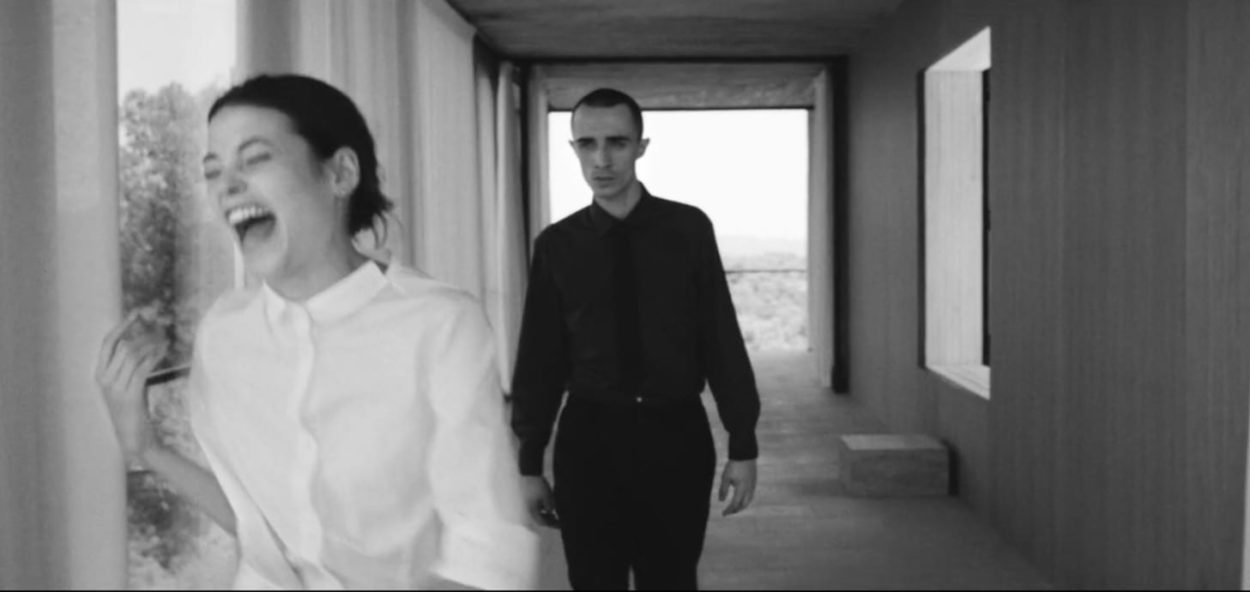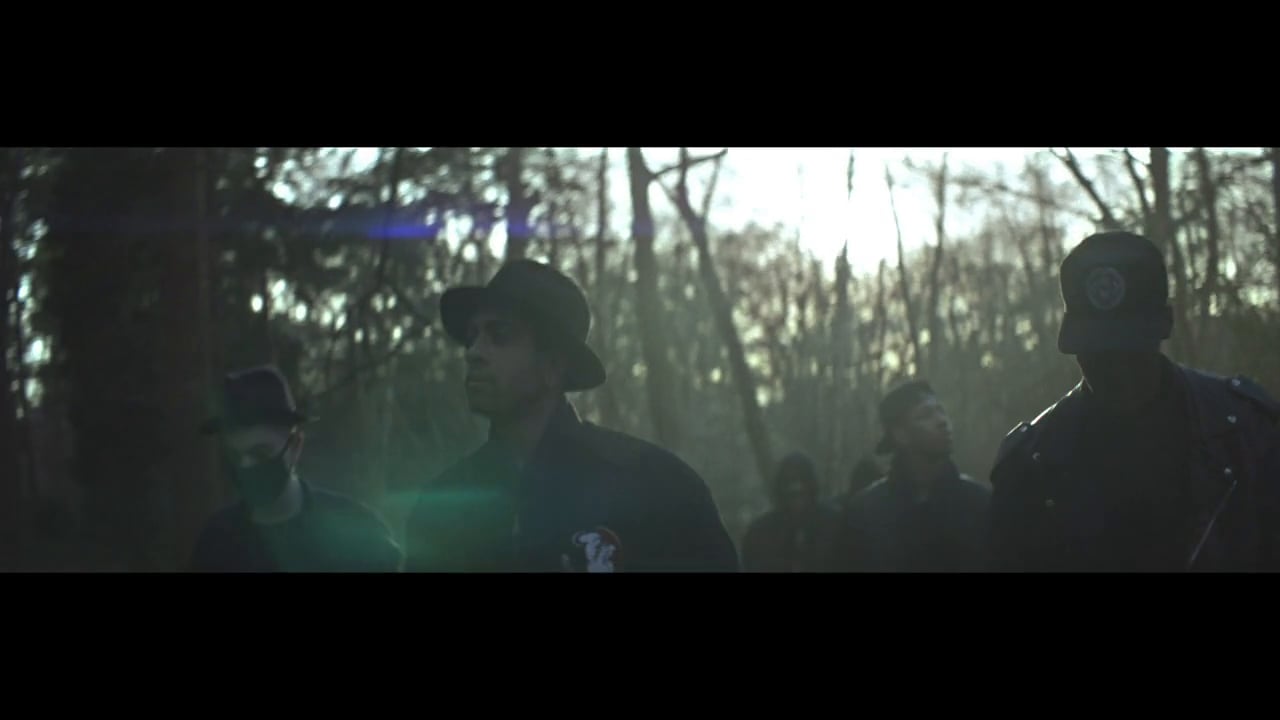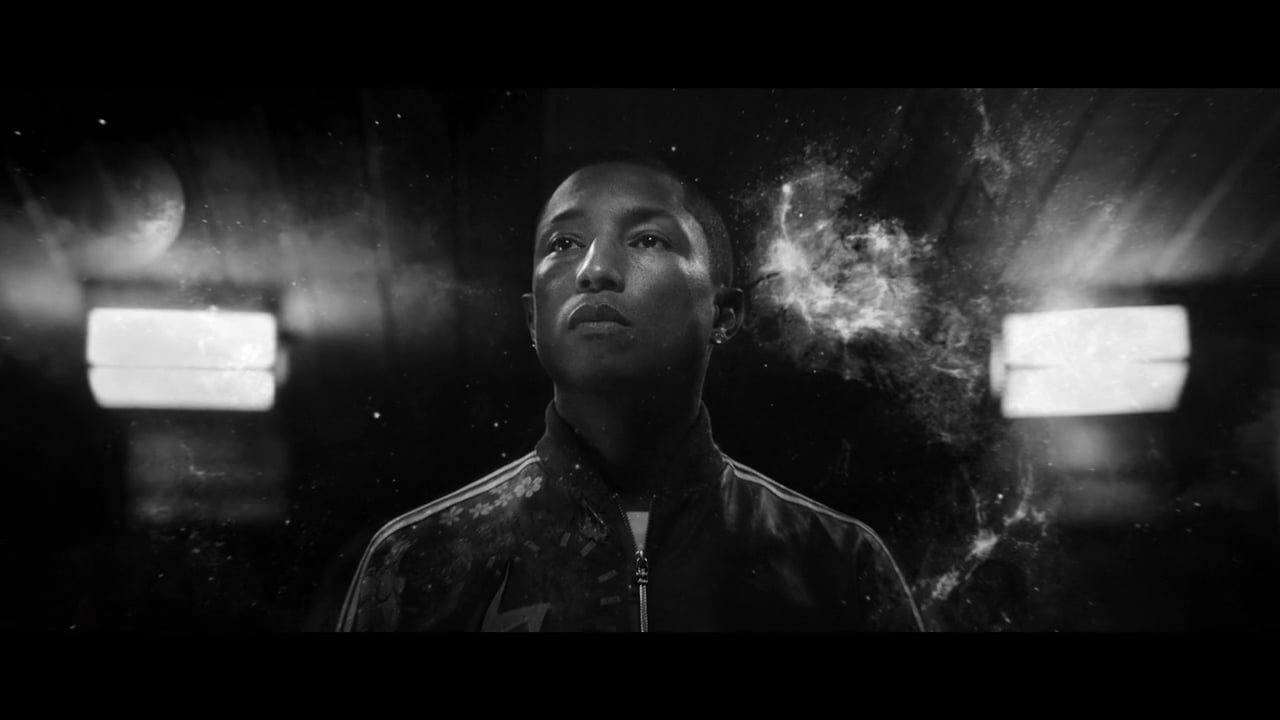Please describe your childhood. Looking back were there any obvious indicators that you would become a filmmaker?
I spent most of my childhood in Switzerland, on the shores of Lake Leman. A quiet picturesque spot. I do remember feeling we were a bit different, my mother was making a Moroccan tajine while my father was cleaning his miniature Buddha statue and during the whole time, we were listening to Stevie Wonder. A good way to forge an open mind I guess.
My father had this big collection of VHS movies, I started watching them and I fell instantly in love with films, I was living and breathing them, it was so exciting to get transported into another world for two hours. His collection was quiet eclectic which I think helped form my taste too; because watching l’Aventura from Antonioni was as good as watching Predator with Schwarzenegger.
Then when he wanted to have some peace during the weekend, he would take me to the video-store and I could choose up to six movies and there was no censorship. That was awesome for me and I guess for him too since he didn’t hear from me for the whole weekend.
When I was not watching movies, I was out skateboarding or snowboarding and I strongly believe the lifestyle in these sports helped me a lot too because the philosophy behind these disciplines is more about style and esthetic than performance. At least it was like that when I was practising.
How does your cultural background inform your work?
Well like I said, it gave me the ability to stay open and be curious about the unknown. I never felt that I should restrict myself to anything, I grew up with mixed origins in a western country and all my friends were coming from different backgrounds.
Did you go to film school or did your filmmaking evolve through working on the job?
I went to an art university but dropped out after two years. I didn’t feel it was for me despite triggering an interest in art, experimental film and photography.
But yes most of my skills come from me working in the field, I did a bit of everything back then, started out as a PA, then editing, grading, recording sound, then camera, light, assistant director etc.
It was for me the best way to learn, because you understand the whole process and know what your crew is doing.
You have a very distinctive visual voice – both technically and narratively – and although we can’t see or feel anything derivative in your work, who or what has influenced you?
At some point, I had to find what I wanted to do in life and when I decided it would be cinema, I started to watch movies that were more difficult to find, classics that were released before I was born. I discovered Tarkovsky, Masaki Kobayashi, Kurosawa, Fritz Lang and other Grand Masters.
It was like a revelation and I feel that my work is guided by the memories I have from their masterpieces. These references were mixed with other inspirations I had growing up like the work of Cronenberg, Coppola, Eastwood, Spielberg and then came Gregory Crewdson, Philip-Lorca diCorcia, Jonathan Glazer, Martin De Thurah, etc.
Your music video work cleverly evokes the surreal space of altered states of consciousness without being too literal. What is your creative process, how do you build your films – for instance do you detail the narratives in storyboards before the shoot?
The process takes time. I start by writing notes and collecting ideas that the music or the artist inspire me, I also add pre-existing ideas that I haven’t used if I feel they could work with the project.
When I think that I have enough to build something, the next step is starting the puzzle and see how everything fits. It’s a bit like a sculpture. When you start carving the object, you notice what is superfluous and get rid of it.
You frame your locations elegantly, whether it’s overhead shots over landscapes or intimate scenes between friends. Do you have a strong visual idea of the locations you want to use and how do you go about finding them?
My mind works with images. So yes when I think about an idea, I can picture it. During the process, it can change but most of the time, it stays quite close to what I envisioned.
I make moodboards of architecture, photography, paintings that I share with the crew. It’s a good way to start the conversation and find what we need.
To what extent do you evolve your films in the edit – you seem to know when to cut a scene so that the viewer absorbs the essence of the story without being explicit?
In my opinion, editing is an art. Eisenstein was one of the first to discover the power of editing in cinema. He showed us that it’s more than just putting shots together, that joining specific shots together can create a whole new perception of the story.
I like to play with the edit to suggest things more than to show them, I also break the rhythm from time to time to avoid linearity.
Overall, it’s my way to translate the emotion of the story without being too explicit.
Your latest video for The Shoes, Submarine completely blew us away. From the opening beautiful intimate scene of the couple talking tenderly – we think he says “Are you sure you want to do this?” and she says “Yes” – you take us on a tortured, enigmatic and totally mesmerizing journey leaving the viewer to interpret what has just happened.
Did you write the narrative in response to the lyrics:
To the bottomless blue
In a dream you will awake
From safely in your golden
Submarine beneath the waves
Partially yes. The lyrics talk about the sea, the abyss, the waves. For me this metaphoric ocean is a symbol for the brain. A bit like the planet Solaris in Tarkovsky’s film.
From there, my exploration was not any more about the ocean but more about what it represents; the mind. The correlation between the two elements was an interesting work of research. It inspired me a lot.
What were the main challenges of creating Submarine and how did you resolve them?
Well there were a lot of challenges. Music videos nowadays have ridiculous budgets. If you want to create something like we did, you need almost everyone to work for free or for a symbolic salary. So it means that people need to be very interested in the project to jump in knowing that they are going to miss more lucrative opportunities. We were really lucky to have an amazing and talented crew and post house for this project. They were ready to give their time and skills just for the love of making a good film. Thanks to Celine and Zico, my producers who made the right calls.
Casting was also difficult because we had to cast models which is dangerous when you need a visceral performance like the one I wanted. But we found Mireia and Juan who were phenomenal. We rehearsed a bit and I gave them some references to study. So on the set it was just a matter of adjusting their performance.
Finally VFX was difficult because most of the elements were not simple to create. They were abstract in concept, which meant lots of researching, exploring, testing different directions until we found the right thing. Also they were so many VFX shots in the film that we were afraid we would not have the time or the money to finalise everything. But again we were lucky to have Glassworks on board who kept working without counting the hours.
In most of your work you create an VFX element – the orbital eyes in Pure, the smudged faceless crowd in Submarine for instance. Have you worked in VFX or do you collaborate closely with a digital artist?
No I never worked in VFX and I’m not working with someone in particular. But the experience taught me how things can be done in post and I try to collaborate with digital artists that understand that it’s more than just replacing a sky or erasing a glass on a table. Together we discuss the fact that we need to be creative in this department too, that they can bring something new to the table if they are ready to use their imagination.
Your commercial work, whether it’s a fashion film or an ad for Adidas, still has your distinctive filmic style. Are you given considerable freedom to create the films or do you win these projects because of your treatments?
Both. If I win a project, it’s because the client likes the direction I want to take and to illustrate it, the treatment is a strong tool.
The scripts I write for commercials or music videos are my personal interpretation of the concept and I try to give them an honest opinion. If they like it, we start a process that automatically gives me more freedom since it’s based on my script.
Please list five inspirations that have connected with you recently – these can be films, music videos, books, architecture, people, anything you like!
“The Tale of the Princess Kaguya”. A masterpiece that inspired me a lot lately.
The making of “Alien”, a full immersion in how a movie is made. We observe the work of a passionate Ridley Scott and his amazing crew. Watching it, I definitely felt the sentence, “There is no bad story, there is only a bad director”.
“An American Index of the Hidden and Unfamiliar”, a collection of photography of Taryn Simon. Astounding work, each picture is hypnotising. The whole book is a jewel.
Jacques Audiard is a model for me. He is a genius director/writer. His filmography has this perfect balance between pleasing a large audience and staying in the realm of Cinema d’Auteur. But what fascinates me is how he can always stir the best performance I’ve seen from the actors and actresses he’s working with.
Well now is maybe the time to talk about David Bowie. Even if I don’t know everything about him, he has always been an artist that I deeply respected. A great musician, a great actor and it feels like he never did a wrong choice in his carrier.
Sometimes when you see the work or the style of a legendary artist, you can feel it’s outdated but David Bowie’s heritage feels timeless.















